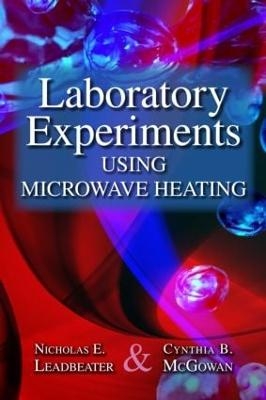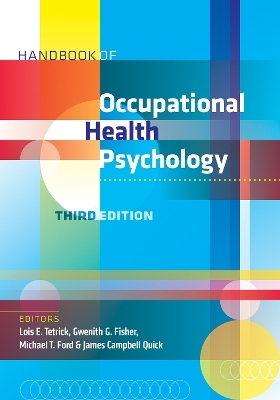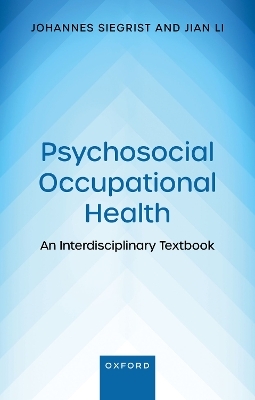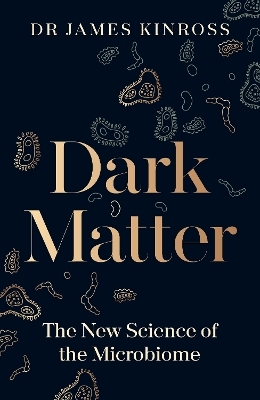
Laboratory Experiments Using Microwave Heating
Crc Press Inc (Verlag)
978-1-4398-5609-3 (ISBN)
Laboratory Experiments Using Microwave Heating provides 22 experiments encompassing organic, inorganic, and analytical chemistry performed using microwave heating as a tool, making them fast and easy to accomplish in a laboratory period. Utilizing the time-saving experiments described in this book also permits students to repeat experiments if necessary or attempt additional self-designed experiments during the lab course.
A number of the chemical transformations use water as a solvent in lieu of classical organic solvents. This contributes to greener, more sustainable teaching strategies for faculty and students, while maintaining high reaction yields. All the experiments have been tested and verified in laboratory classes, and many were even developed by students. Each chapter includes an introduction to the experiment and two protocols—one for use with a smaller monomode microwave unit employing a single reaction vessel and one for use with a larger multimode microwave unit employing a carousel of reaction vessels.
Nicholas E. Leadbeater, PhD, is an associate professor of chemistry at the University of Connecticut. Dr. Leadbeater’s research interests are focused around development of new synthetic methodology, with an emphasis on cleaner, greener routes to known and novel compounds. Dr. Leadbeater has a passion for undergraduate education, both developing new lecture and laboratory classes and incorporating undergraduate students into research. He was the recipient of the 2010 University of Connecticut College of Liberal Arts and Sciences Excellence in Teaching Award in the Physical Sciences. Cynthia B. McGowan, PhD, is a full professor of chemistry at Merrimack College, North Andover, Massachusetts. Her pioneering work in the use of microwave technology for organic chemistry experiments and teaching is "student-tested" and refined. A committed and popular undergraduate teacher, recognized by her peers with a teaching excellence award in 1999, she continues to adapt her material to the ever-changing world of technology so that her students are well prepared for graduate work or positions in industry.
Introduction: Using Microwave Heating in Chemistry: The Basics. Diels–Alder Cycloaddition Reaction. Second-Order Elimination Reaction: Preparation of Heptene from 2-Bromoheptane. An Addition–Elimination Sequence: Preparation of a Bromoalkene. Fischer Esterification: Preparation of Ethyl-4-Aminobenzoate (Benzocaine). Transesterification Reaction: Preparation of Biodiesel. Knoevenagel Condensation Reaction: Preparation of 3-Acetylcoumarin. The Perkin Reaction: Condensation of an Aromatic Aldehyde with Rhodanine. Williamson Ether Synthesis: Preparation of Allyl Phenyl Ether. Claisen Rearrangement: Preparation of 2-Allyl Phenol from Allyl Phenyl Ether. Hydration of an Alkyne: Preparation of Acetophenone from Phenylacetylene. Oxidation of a Secondary Alcohol: Preparation of a Ketone. Suzuki Coupling Reaction: Preparation of a Biaryl. Heck Reaction: Preparation of Substituted Cinnamic Acids. Preparation of an Aryl Nitrile: Application of a Copper-Catalyzed Cyanation Reaction. Alkene Metathesis: Preparation of a Substituted Cyclopentene. Click Reaction: Preparation of a Triazole. Coordination Chemistry: Preparation of Cisplatin. Preparation of a Palladium Complex: Bis(triphenylphosphine)Palladium(II) Dichloride. Coordination of an Aromatic Ring to a Metal: Preparation of an Arene Chromium Tricarbonyl Complex. Determination of an Empirical Formula: Zinc Bromide. Microwave-Assisted Extraction: Identification of the Major Flavor Components of Citrus Oil. Microwave-Assisted Digestion of Dietary Supplements: Metal Analysis by Atomic Absorption Spectroscopy. Index.
| Erscheint lt. Verlag | 5.6.2013 |
|---|---|
| Zusatzinfo | 47 Tables, black and white; 134 Illustrations, black and white |
| Verlagsort | Bosa Roca |
| Sprache | englisch |
| Maße | 152 x 229 mm |
| Gewicht | 385 g |
| Themenwelt | Medizin / Pharmazie ► Medizinische Fachgebiete ► Arbeits- / Sozial- / Umweltmedizin |
| Medizin / Pharmazie ► Medizinische Fachgebiete ► Pharmakologie / Pharmakotherapie | |
| Studium ► Querschnittsbereiche ► Klinische Umweltmedizin | |
| Naturwissenschaften ► Biologie | |
| Naturwissenschaften ► Chemie ► Organische Chemie | |
| Naturwissenschaften ► Chemie ► Technische Chemie | |
| Technik | |
| ISBN-10 | 1-4398-5609-5 / 1439856095 |
| ISBN-13 | 978-1-4398-5609-3 / 9781439856093 |
| Zustand | Neuware |
| Haben Sie eine Frage zum Produkt? |
aus dem Bereich


